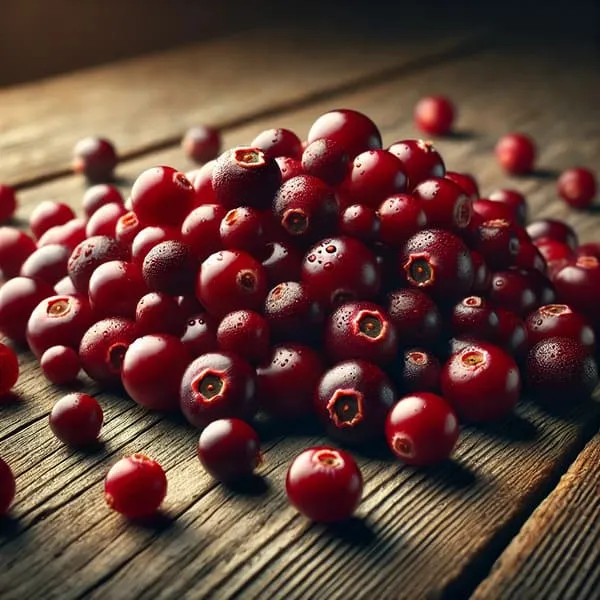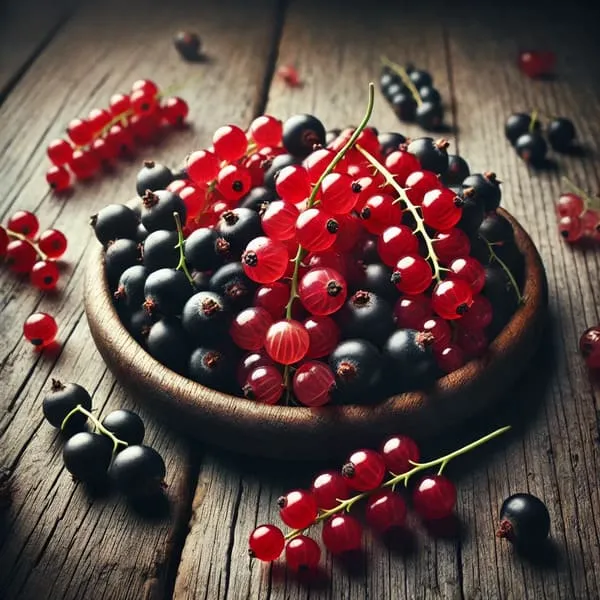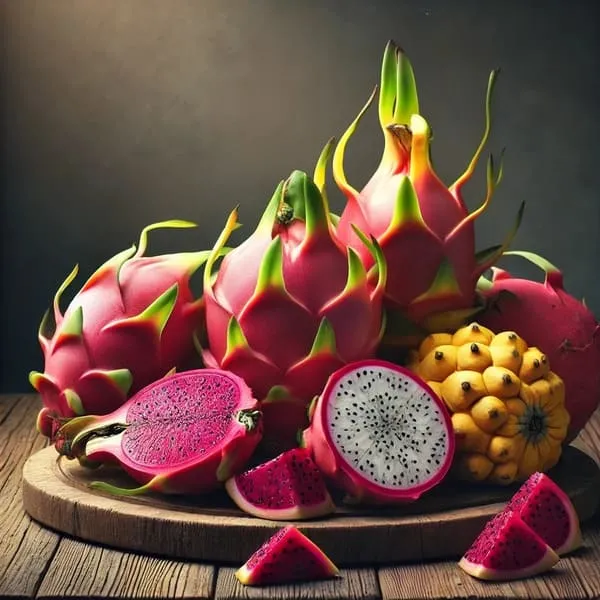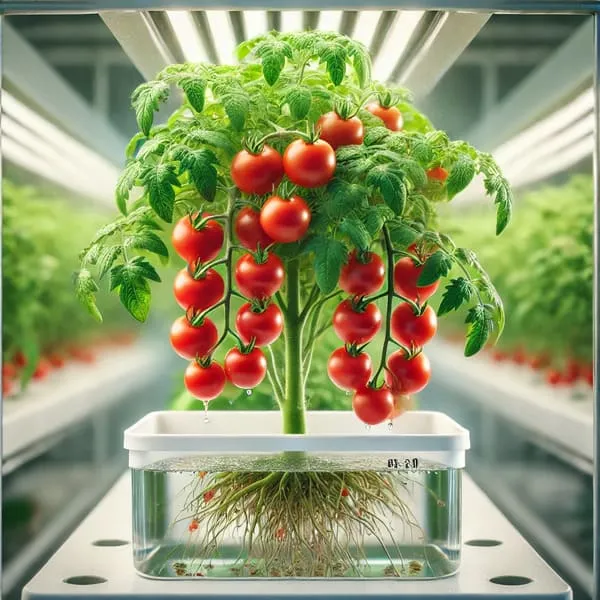Hydroponic Cranberries
A Complete Growing Guide

🌱 Why Grow Cranberries Hydroponically?
✅ No Need for Wetlands – Traditional cranberry bogs require vast amounts of water, while hydroponics uses 90% less.
✅ Higher Yields – Nutrient control means stronger growth & more berries per plant.
✅ Year-Round Cultivation – No reliance on seasonal cycles.
✅ Pest & Disease Control – Fewer issues compared to soil-based farming.
✅ Compact Growth – Perfect for greenhouses & indoor farming.
📌 Quick Overview
| Factor | Optimal Range |
|---|---|
| Best Hydroponic Systems | NFT, Drip Irrigation, Ebb & Flow |
| pH Level | 4.0 – 5.5 (acidic) |
| EC Range | 1.6 – 2.2 mS/cm |
| PPM (Nutrient Strength) | 800 – 1400 |
| Temperature | 60-75°F (15-24°C) |
| Humidity | 60-70% |
| Light Requirement | 12-16 hours (Full Spectrum LED) |
| Growth Timeframe | 12-16 months |
| Watering Needs | Frequent, well-oxygenated |
| Nutrient Needs | High potassium & iron |
| Harvest Time | Late fall to early winter |
🌿 How to Grow Hydroponic Cranberries
1️⃣ Choose the Right Cranberry Variety
Look for compact, high-yielding varieties like:
- Stevens – High fruit production.
- Pilgrim – Larger berries.
- Ben Lear – Early ripening.
2️⃣ Select the Best Hydroponic System
Jump to Best Hydroponic Systems for Cranberries for a detailed breakdown.
3️⃣ Maintain the Right Nutrients & pH
- Cranberries require an acidic environment (pH 4.0 – 5.5).
- High potassium (K) is needed for fruit development.
- Use iron supplements to prevent yellowing leaves.
4️⃣ Light & Temperature Requirements
- Provide 12-16 hours of LED grow lights for optimal photosynthesis.
- Keep temperatures 60-75°F (15-24°C) with moderate humidity.
5️⃣ Pollination & Support
- Cranberries require pollination – if grown indoors, consider using hand pollination or introducing bumblebees.
- Use trellis or support netting to prevent sprawling.
6️⃣ Harvesting Hydroponic Cranberries
- Cranberries turn deep red when fully ripe, usually 12-16 months after planting.
- Harvest by hand-picking or gently shaking the plant to release ripe berries.
🌟 Best Hydroponic Systems for Cranberries
🍃 Nutrient Film Technique (NFT) – Efficient & Space-Saving
A continuous flow of acidic, nutrient-rich water keeps roots hydrated and aerated.
✅ Best for commercial production & small spaces
⚠ Requires pH monitoring to maintain acidity.
💧 Drip Irrigation – Precise Nutrient Control
Slow, steady nutrient delivery prevents root saturation and maintains oxygen flow.
✅ Great for large-scale cranberry farming
⚠ Drippers may clog; regular maintenance needed.
🌊 Ebb & Flow – Balanced Hydration & Oxygenation
Floods roots with nutrients before draining, mimicking natural wet-dry cycles of cranberry bogs.
✅ Ideal for greenhouse and controlled environments
⚠ Must monitor water cycles to prevent overwatering.
🚨 Common Issues & Solutions
| Issue | Symptoms | Solution |
|---|---|---|
| Yellowing Leaves | Poor growth, pale leaves | Add iron supplements, maintain pH 4.0 – 5.5 |
| Root Rot | Brown, mushy roots | Improve aeration, avoid stagnant water |
| Low Yield | Small or few berries | Ensure high potassium levels, proper pollination |
| Nutrient Deficiencies | Leaf curling, discoloration | Adjust NPK balance, supplement calcium & magnesium |
| Pests | Aphids, mites | Apply neem oil or introduce beneficial insects |
| Overwatering | Wilting, weak roots | Improve drainage, adjust watering frequency |
📢 Final Thoughts on Hydroponic Cranberries
Cranberries thrive in hydroponic systems, provided you maintain acidic pH levels, adequate nutrients, and proper lighting. By choosing the right system—NFT, Drip Irrigation, or Ebb & Flow—you can produce high-quality cranberries year-round without the need for bogs!
💡 Ready to start your hydroponic cranberry farm? Share your experience in the comments below! 🚀🍒




